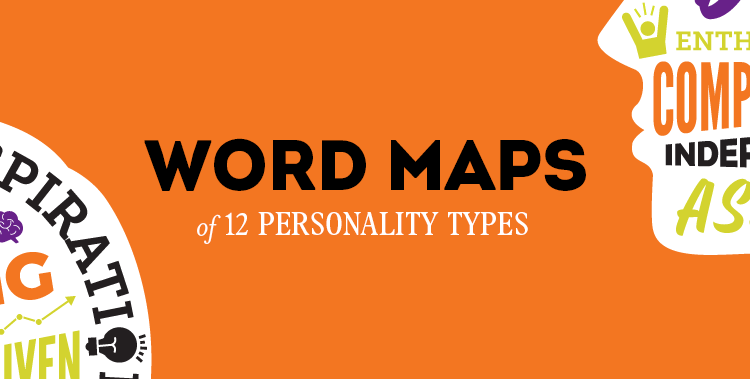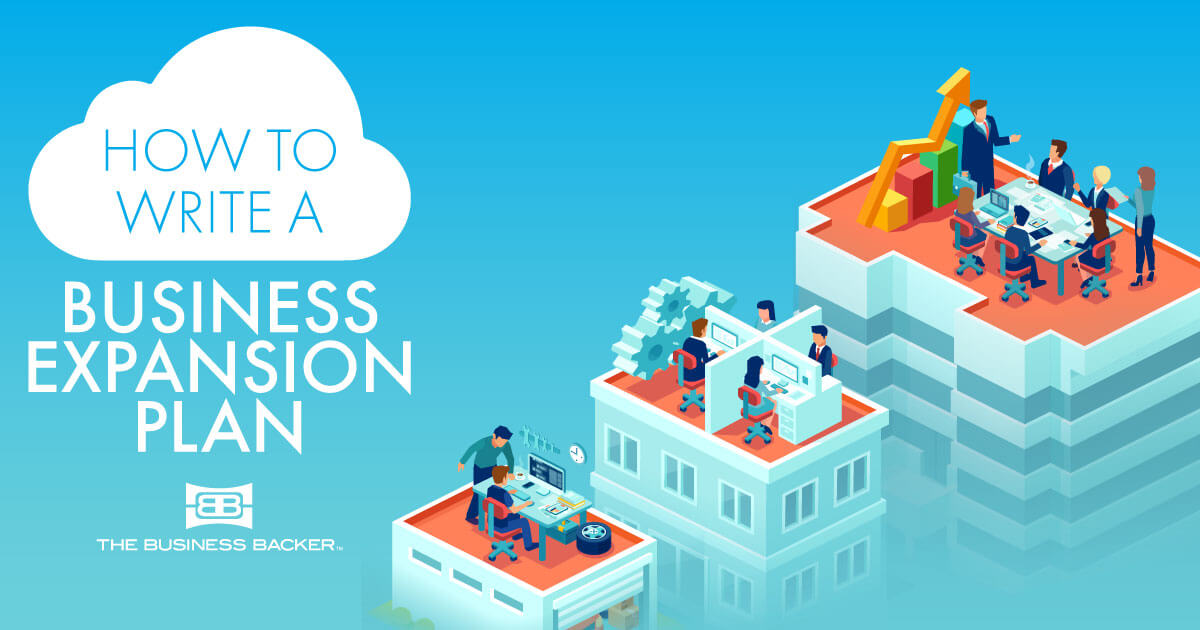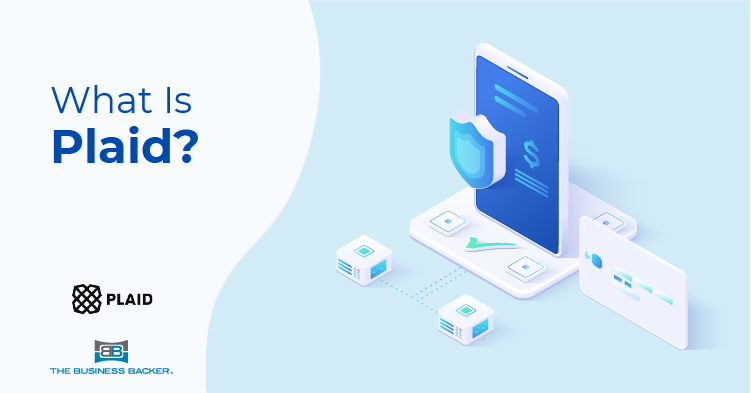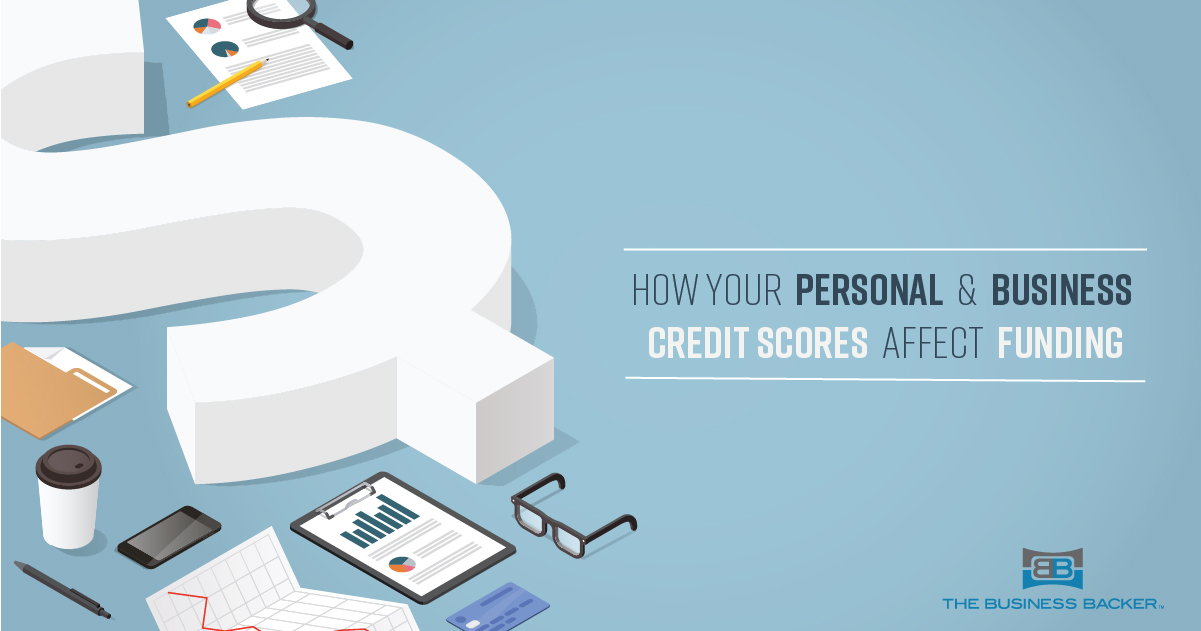What Does the PPP Flexibility Act Offer Small Business Owners?
The first round of the Payment Protection Program (PPP), executed as part of the CARES Act on March 27th, set aside $349 billion to help small businesses impacted by the coronavirus. While the CARES Act provided temporary relief for small business owners in need, those who received funds in April are coming up at the end of their eight-week period. To be eligible for forgiveness, proceeds must be spent on forgivable expenses within 8 weeks of when the loan was issued. Restaurant owners and other entrepreneurs located in areas with a limited quarantined customer base exhaust their funding before they can even reopen their doors. Those who are able to reopen are battling low or limited sales, and while the funding helps, it doesn’t mean it’s “business as usual” for many small business owners.
In response to these concerns, President Trump signed into law the Paycheck Protection Program Flexibility Act (PPP Flexibility Act), which provides greater flexibility for both existing and new borrowers under the PPP. Let’s explore the fundamental aspects of this expansion and how your small business may benefit.
What Is the PPP?
The original version of the PPP offered loans that came with a rate of just 1% and carried a term of two years. PPP loans are 100% backed by the government, but funded through SBA-approved lenders, including banks, credit unions and online lenders.
The PPP was intended to guarantee businesses the loans they need to cover approximately eight weeks of payroll. For more on the original PPP, visit the U.S. Small Business Administration.
What Changed With the PPP Flexibility Act?
As the country prepared for a phased reopening, it became clear that the initial relief efforts didn’t capture all that was needed to support the needs of small businesses and more aid was necessary. The PPP Flexibility Act, signed into law on June 5, 2020, is aimed at addressing those needs by broadening the original program. Here are some of the key changes:
Relaxed Spending Requirements
- In order to meet the threshold for forgiveness under the original program, 75% of the funds needed to be spent on employee pay. Under the new act, only 60% needs to go toward paying employees, allowing funds to be spent on other eligible expenses (rent costs, utilities, etc.).
Extension of Loan Period and Period of Forgiveness
- Originally, you had eight weeks to spend loan proceeds. Now, it’s expanded to 24 weeks.
- The loan forgiveness period has also been expanded from eight weeks to 24 weeks after the date of origination or December 31, 2020 (whichever is earlier).
- A borrower who received a PPP loan prior to the PPP Flexibility Act may elect to retain the original eight-week loan forgiveness covered period.
Extension of Loan Maturity
- The PPP Flexibility Act establishes a minimum maturity of five years for any PPP loans issued on or after June 5, 2020, versus the original plan of two years. However, lenders and borrowers may mutually agree to modify the maturity terms of a covered loan issued before June 5, 2020.
- The maturity date is the date on which the final payment of the loan is due.
Extension for Measuring FTEs and Salary/Wages
- The deadline to restore full-time equivalent (FTE) employees (or certain salaries/wages) moved from June 30, 2020 to December 31, 2020.
- If the borrower spends 100% of the loan on payroll and other eligible expenses and the FTE/salary/wages meets or exceeds the pre-February 15 levels by December 31, 2020, the borrower’s entire loan amount will be forgiven.
- Between February 15, 2020 and December 31, 2020, loan forgiveness does not require re-hiring FTE employees if the borrower, in good faith, is able to document:
- Their inability to rehire individuals who were employees as of February 15, 2020; and their inability to rehire similarly qualified employees for unfilled positions on or before December 31, 2020; or
- Their inability to return to the same level of business activity that the business was operating at before February 15, 2020, due to compliance with federal requirements or guidance issued by the Secretary of Health and Human Services, the Director of the Centers for Disease Control and Prevention, or the Occupational Safety and Health Administration, related to worker or customer safety requirements related to COVID-19.
Visit the National Law Review for more details on PPP extensions.
Am I Eligible for the PPP?
- Eligible businesses are those with fewer than 500 employees that were operating as of February 15, 2020.
- Eligible businesses also include nonprofits, sole proprietorships, self-employed individuals, independent contractors (e.g., gig economy workers) and veteran organizations.
How Much Can I Borrow?
- Eligible recipients may qualify for a loan up to 2.5 times their average monthly payroll costs.
- The maximum loan amount is $10 million.
- Loans will have an interest rate of 1%.
When Will I Have to Start Paying the Loan Back?
- The deferral period for PPP loan interest, principal and fees ends on the date on which the SBA remits the forgiveness amount to the lender.
- The lender is the intermediary between the SBA and the borrower.
- A borrower has 10 months to apply for forgiveness with the lender. If they don’t apply for forgiveness, they will have to start paying principal, interest and fees on the full PPP loan amount.
As small business owners learn to navigate through these unprecedented times, the PPP Flexibility Act could help move funds faster to those who need it most. The deadline to apply for the PPP is June 30, 2020. To learn how to apply for an SBA Paycheck Protection Program Loan, visit our COVID-19 Small Business Resource Center.
The information in this article is provided for education and informational purposes only, without express or implied warranty of any kind, including warranties of accuracy, completeness or fitness for any particular purpose. The information in this article is not intended to be and does not constitute financial, legal or any other advice. The information in this article is general in nature and is not specific to you the user or anyone else.





